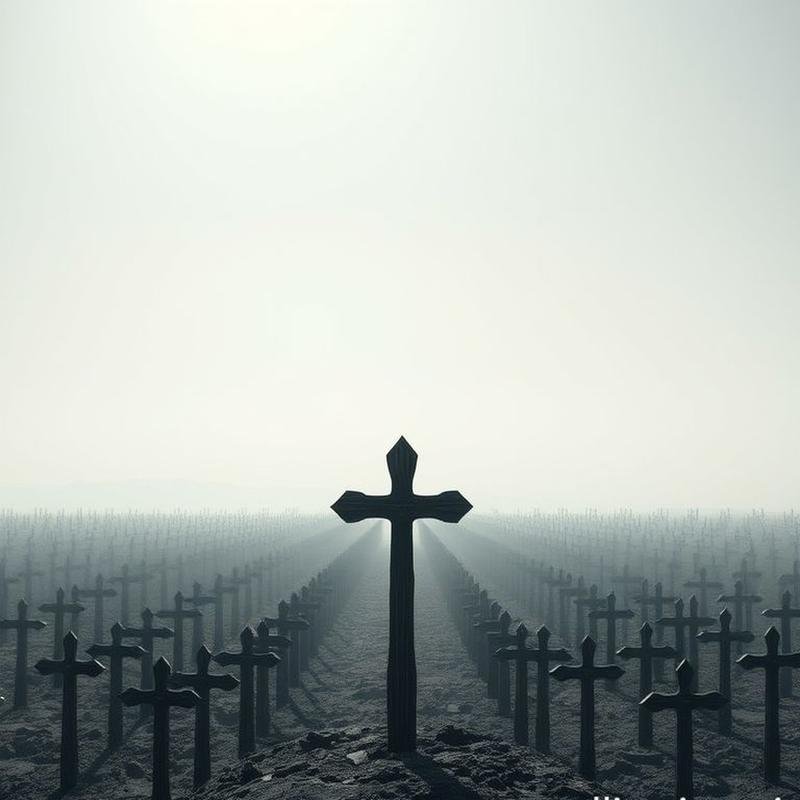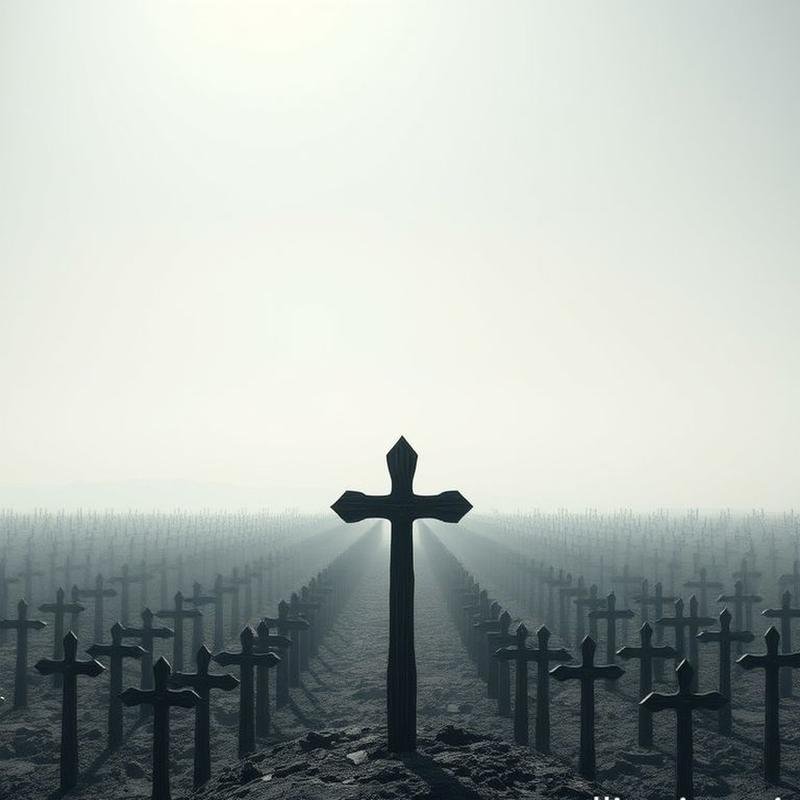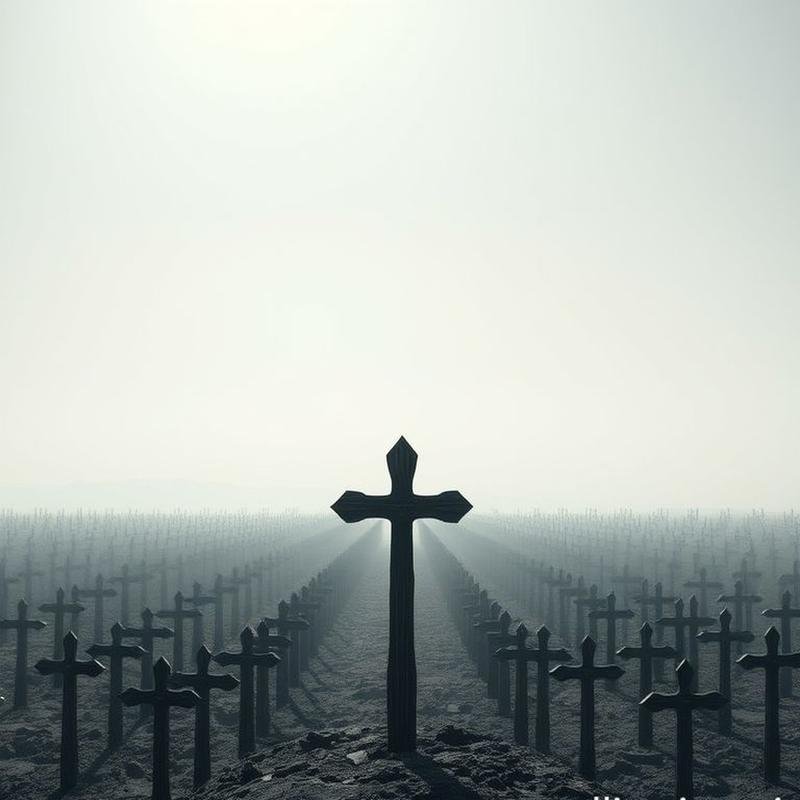Dracula: The Horrifying Truth Behind the Legend 📜🤯

Dracula: Unmasking the Legend of Vlad the Impaler
Was Vlad the Impaler a hero or a monster? Or is the truth, as is often the case, a more complex and brutal reality than a simple narrative? In this episode, we delve into the layers of myth surrounding the Prince of Wallachia, exploring how the life of a harsh and violent ruler evolved into the iconic vampire legend that has captivated global imagination. We will also examine the potential medical and psychological underpinnings that contributed to this enduring horror. Share your initial perspectives on the truth behind the character of Dracula in the comments section below. And please subscribe to the channel.
Vlad the Impaler: The Prince of Wallachia
Vlad III, the prince who would become known as “The Impaler,” was born in Sighisoara, Transylvania. His birth marked the beginning of a life characterized by political turmoil and bloody conspiracies. He ascended the throne of Wallachia three times, each time compelled to prove his strength in a merciless world. He faced significant challenges from neighboring powers, particularly the expansionist Ottoman Empire. However, Vlad demonstrated exceptional military skill and courage, earning him legendary status among his people and instilling terror in his enemies.
A Reign of Terror and Resolve
His rule was undeniably severe, yet effective in maintaining stability and deterring adversaries. Impalement served not only as a form of punishment but also as a means of intimidating opponents and delivering a clear message: defiance of Vlad would be met with severe consequences. In 1462, this terror reached its apex when the advancing Ottoman army retreated upon encountering a forest of stakes outside Targoviste, Vlad’s capital. This terrifying spectacle embodied his unwavering resolve to defend his land at any cost.
Imprisonment and Death
However, his power did not shield him from imprisonment. He spent years as a prisoner of the Hungarian King Matthias Corvinus on charges of treason. Despite years of isolation and perceived injustice, his determination remained unbroken. Following his release, he returned to fight for his throne, but fate intervened. In December 1476, Vlad III died in battle near Bucharest, concluding a life filled with struggle and tragedy, and leaving behind a lasting legacy.
The Gruesome Reality of Impalement
Impalement, a method of execution that transcends the boundaries of death, became a slow and agonizing form of torture. A sharpened stake would pierce the body, leaving the victim suspended, oscillating between life and death for hours, or even days, before succumbing. Vlad the Impaler did not invent this gruesome method, but he made it a defining characteristic of his reign. He employed it particularly against Ottoman prisoners, transforming battlefields into macabre forests of stakes, a horrifying spectacle intended to break the enemy’s will before any decisive confrontation. Estimates suggest that Vlad ordered the impalement of tens of thousands, a staggering figure that reflects the intensity of the conflict he waged. In 1462, Sultan Mehmed the Conqueror encountered an unprecedented sight: a forest of approximately twenty thousand impaled Ottoman prisoners outside the walls of Targoviste. The stakes were not merely instruments of death but potent psychological weapons designed to terrorize enemies, crush their morale, and instill fear. Internally, it served as a brutal means of enforcing law and order and suppressing crime with ruthless efficiency. Historians recount that Vlad would partake in his meals amidst this terrifying landscape.
Disease, Superstition, and the Fear of the Undead
While Vlad enjoyed his ominous meals among the stakes, the pervasive stench of death and disease posed a threat to all. Reaching the age of forty was a significant achievement, as malnutrition, the ravages of constant warfare, and, most significantly, deadly diseases claimed lives relentlessly. Consider the specter of the Black Death sweeping across the continent, transforming thriving cities into silent graveyards and leaving millions dead. During that dark era, medical knowledge was woefully inadequate. Infectious diseases, such as tuberculosis and cholera, were not understood scientifically but were attributed to noxious fumes or divine wrath, far removed from the understanding of microscopic germs and bacteria. This profound ignorance led to primitive, ineffective, and often harmful health practices. The fear of death was deeply ingrained, compounded by the fear of the unknown that awaited beyond. People were often buried prematurely, exhibiting signs of catalepsy, leading to chilling tales of the undead returning from their graves. Some cultures believed that children who died before baptism transformed into vampires, embodying the horror of eternal loss.
Porphyria: A Medical Explanation for the Vampire Myth?
In the absence of adequate medical and microbiological understanding, superstitions flourished. Imagine the bizarre symptoms that afflicted some, transforming their lives into unbearable torment: excruciating abdominal pain, persistent vomiting, violent convulsions, and terrifying hallucinations that pushed them to the brink of madness. Add to that extreme skin sensitivity to sunlight, turning daylight into a burning agony and causing the skin to erupt in blisters and sores. These were not necessarily signs of demonic possession but could be manifestations of porphyria, a rare group of genetic disorders that impair the production of heme, a vital component of hemoglobin in the blood. Imagine the horror of observing one’s urine turn dark red or brown, a sight capable of inducing deep panic and suspicion in those unaware of the scientific explanation. In the Middle Ages, where effective treatment was virtually nonexistent, these symptoms were a genuine curse. Is it possible that this torment, this profound despair, drove some to seek desperate remedies, even drinking blood, in the belief that it might alleviate anemia and suffering? It may seem like madness, but despair can push individuals to the edge of reason. In 1985, Dr. David Dolphin proposed a compelling hypothesis: could porphyria have been the catalyst for the vampire legend? A question that continues to resonate, sparking debate and profound reflection to this day.
From Vlad the Impaler to Dracula: The Birth of a Legend
Dr. Dolphin’s question regarding porphyria continues to circulate in scientific circles, but the central question remains: how did Vlad III, the historical Prince of Wallachia, become Dracula, the legendary monster? Vlad, who ruled Wallachia with an iron fist during three separate periods, earned a terrifying reputation for his brutal methods of punishment, most notably impalement. Estimates suggest that tens of thousands perished at his command, solidifying his image as a ruthless ruler devoid of mercy. However, the transformation of Vlad into a vampire is largely attributed to literature, specifically Bram Stoker’s novel *Dracula*, published in 1897. Stoker borrowed the name from Vlad the Impaler, but he did not base his character entirely on him. Instead, he enlisted the assistance of Hungarian historian Arminius Vambery to explore myths and legends related to vampires, crafting the character of Dracula as a supernatural being who feeds on human blood.
The Strigoi: Romanian Folklore and the Origins of the Vampire
Stoker was not the first to feature vampires in literature; Joseph Sheridan Le Fanu preceded him with his novel *Carmilla*. However, Stoker remains the figure who shaped the enduring stereotype of the vampire in the collective consciousness, making Dracula synonymous with this nocturnal creature. Films and plays, such as the silent film *Nosferatu* in 1922, further solidified this image in popular culture. But where do the origins of this legend lie? Before Dracula, and even before Stoker, there were other tales, stories whispered in Romanian villages about creatures lurking in the darkness. Here, within the depths of Romanian folklore, we discover the Strigoi. The Strigoi, according to deeply ingrained popular beliefs, is not merely a monster but a living embodiment of fear itself. It is an evil spirit, or a body that has returned from the dead to feed on the energy of the living and absorb their life essence. It is believed that the Strigoi can be a living person possessing dark magical powers or a deceased person who did not receive a proper burial and has become trapped between two worlds. The fear of the Strigoi was profound and real, and the measures taken to ward off its evil were diverse and widespread: garlic, crosses, holy water, all sacred weapons in the battle for survival. Some even buried their dead with cloves of garlic, placed sacred objects inside coffins, or even turned the coffin upside down, believing that these measures would prevent their ominous return. In desperate cases, the heart of a suspected Strigoi was extracted after death and burned in an attempt to eliminate the perceived threat. The Strigoi was not just a story; it was believed to cause diseases, crop failures, and even death itself.
Dracula’s Enduring Legacy
Surprisingly, these ancient fears have not vanished; rather, they have evolved and become integrated into the fabric of our contemporary culture. The 1931 film *Dracula*, starring the captivating Bela Lugosi, was not merely a horror film but a significant cultural phenomenon. It cemented the image of the elegant and alluring vampire in cinematic memory, an image that continues to resonate today. Bram Stoker’s novel *Dracula*, which has sold millions of copies and been translated into numerous languages, has become a cornerstone of world literature. But Dracula’s influence extends beyond the screen and the page. Bran Castle in Romania, often referred to as Dracula’s Castle, attracts hundreds of thousands of visitors annually, contributing significantly to the local economy. It stands as a testament to the power of myth in captivating us, satisfying our curiosity, and fueling our desire to explore the realms of imagination. The character of Dracula has been portrayed in over 200 films and has inspired numerous popular video games, such as the *Castlevania* series, demonstrating the profound influence of the legend on gaming culture. Even in political and social








